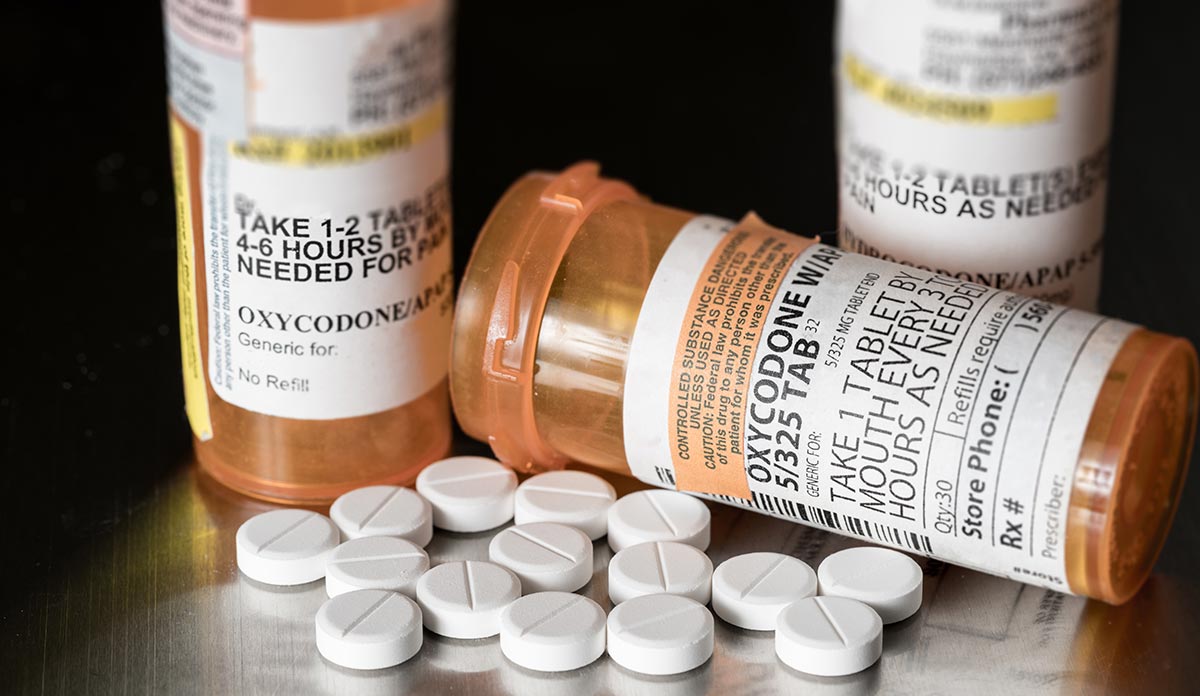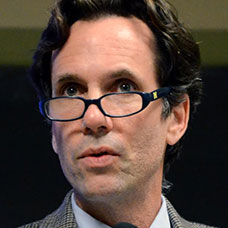After tripling over the first decade of this century, the number of opioid prescriptions filled in the United States fell each year from 2011 to 2016, for a cumulative decline of nearly 13%. Though overdoses of heroin and fentanyl continue to worsen, the reversal in opioid prescriptions suggests that efforts to address dangerous opioid prescribing have been effective.
The most significant public policy responses have taken place at the state level. The signature state initiative is the establishment of a prescription drug monitoring program, or PDMP, that collects data on prescriptions for controlled substances to facilitate detection of suspicious prescribing and use. Currently, every state but Missouri has at least a basic prescription monitoring program in place. The 21st Century Cures Act of 2016 provides nearly $1 billion in funding to states to strengthen their PDMPs. The Christie Commission’s recently released report also called for greater investments in PDMPs, making this a rare policy strategy embraced by both the Obama and Trump administrations.
When New York implemented a strong “must access” provision in 2013, the number of registrants increased by a factor of 14 and the number of daily queries rose from fewer than 400 to more than 40,000.
Some states have been collecting controlled substance prescriptions from pharmacies for several decades, but many such programs were developed by law enforcement agencies and were not designed to support real-time decision making by health care providers. Even when providers were legally allowed to access the data, they were not encouraged to do so. As a result, in many states provider awareness and participation was quite low, which likely explains why several studies find little or no effect of prescription drug monitoring programs on opioid use or related health outcomes
Since 2007, 17 states have strengthened their PDMPs by requiring prescribers to access them in some cases. Early laws of this type applied only to certain care settings, such as pain clinics, or if the provider had reason to be suspicious about a patient’s intention. The strongest versions of these rules require all prescribers to check the data, even if they are not suspicious. Evidence from various sources suggests that these requirements increased provider engagement. When New York implemented a strong “must access” provision in 2013, the number of registrants increased by a factor of 14 and the number of daily queries rose from fewer than 400 to more than 40,000. When similar provisions were implemented in Kentucky, Tennessee, and Ohio, the number of providers registered and the number of queries received per day increased by orders of magnitude.
Research we conducted using Medicare data from 2007 to 2013 suggests that requiring prescribers to use their state’s PDMP reduces “doctor shopping” and other behaviors that are reflective of opioid misuse and diversion.
Research we conducted using Medicare data from 2007 to 2013 suggests that requiring prescribers to use their state’s PDMP reduces “doctor shopping” and other behaviors that are reflective of opioid misuse and diversion. Another study using vital statistics data found that deaths from prescription opioid overdoses fell in states that mandated prescriber PDMP use relative to states that did not.
These findings suggest that there are public health benefits associated with provider use of PDMP systems. But, such use also entails costs, which must be considered. It is important to integrate PDMPs with electronic health records (EHRs) to minimize the burden on providers. A pilot program in five states showed that providers reported increased workflow satisfaction and easier data access after PDMP-EHR integration.
Providers and states both have a role to play in ensuring PDMPs are effective. Even in states without a “must access” requirement, the medical community can encourage providers to use the PDMP via education or registration drives. For their part, states can follow Michigan, where recent proposals to require greater use of the state’s PDMP have been bundled with technical upgrades to facilitate EHR integration. States can also encourage provider engagement in PDMPs by improving data collection (for example, incorporating overdose histories) and integrating decision support tools for substance use disorder. Smarter, stronger PDMPs can assist providers in continued improvements in safe and appropriate opioid prescribing.
Feature image: Steve Heap/Shutterstock














